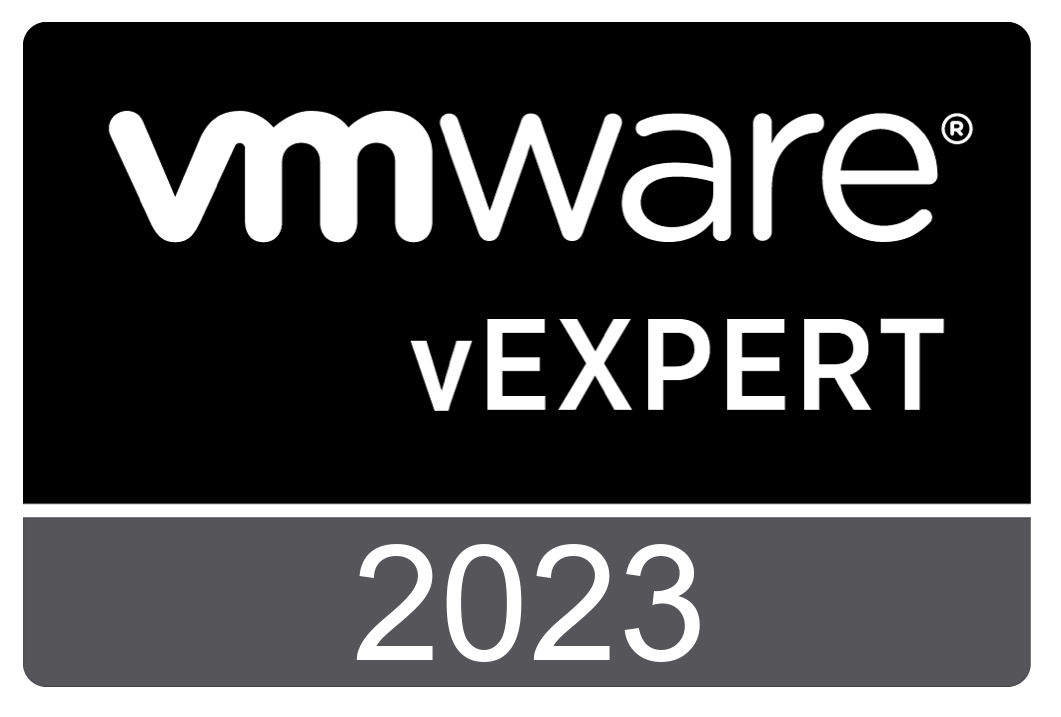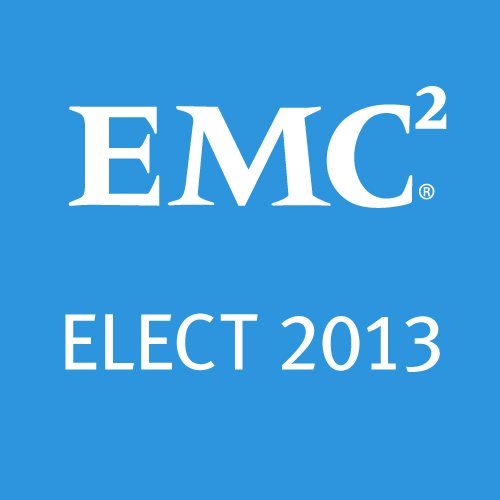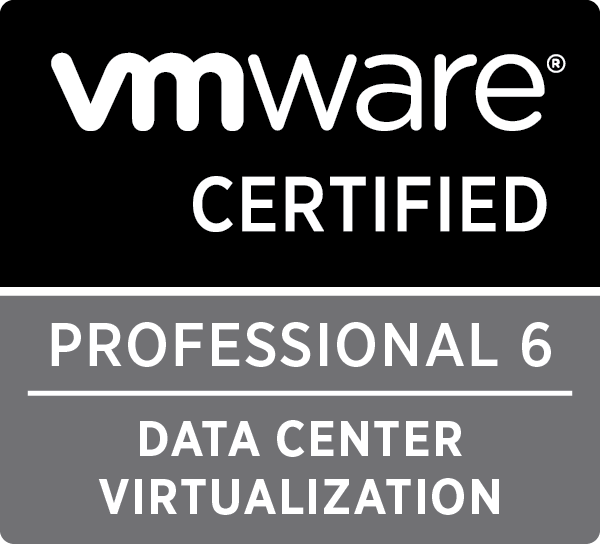For as long as I can remember, block based storage has been the way you achieve performance and reliability in your datacenter. Almost all of the industry performance leaders tended to be block based. Even when you add file services, it simply sits on top of this block based storage. Now if you are a long time reader of this blog, you’ll know that i have written extensively on this subject and the latest and greatest offerings of my former employer, but there is a change coming to datacenter storage, and this change is object based!
What’s driving this change? Simply put: Cloud. The largest cloud based service providers all use object based storage, and as cloud becomes a bigger part of an it strategy, adopting a similar technology on-premises makes this integration easier. Using cloud storage in the enterprise gets expensive though, so its best to be smart about how you implement it in your infrastructure. In comes Scality RING
Scality RING
Scality RING has been an ever evolving over the past several years, starting as a data protection and replication product and evolving into a full fledged enterprise software defined storage platform. At Storage Field Day 11 (#SFD11) I had the pleasure of meeting with them and learning about their latest version, the 6.0 release.
So what is RING? RING is a feature rich software defined storage platform designed to run on commodity x86 hardware that scales up and out! It supports NFS, SMB, and FUSE. It also supports Amazon S3, OpenStack, and other object APIs. On the data protection side, RING gains added resiliency through the use of erasure coding, replication, and geo-distribution.
RINGs architecture is based on a CHORD peer-to-peer to peer algorithm that allows it to scale out and add nodes with ease. This architecture also allows the system to keep it’s performance at scale due to local lookup tables on each node, increasing it’s ability to do a distributed search across the system when looking for data.
The beauty of this is that it all stitches together simply. Got a computer running Linux with some local drives? Good, now you have a Scality node. So if you need to add more storage, just pick up another computer and install the software on it. Add enough of these together, and you have a massive scale out system in the petabytes range.
My Thoughts
After seeing several options for offering on-premises scale out storage, I think Scality is one of the more robust solutions. Its clear now, in it’s 6th major revision of it’s software, that they are listening to their customers and growing from a niche product into a full fledged enterprise workhorse. I also found it particularly interesting that they hired several of their developers from a hackathon they did. This ended up being so successful for them that they are doing this again.
I also want to thank Stephen Foskett of Gestalt IT and the rest of the Tech Field Day staff for putting together a great event. If you want to see the full Scality presentation, head on over to the tech field day website.













 Twitter
Twitter LinkedIn
LinkedIn RSS
RSS Youtube
Youtube Picasa
Picasa Email
Email
